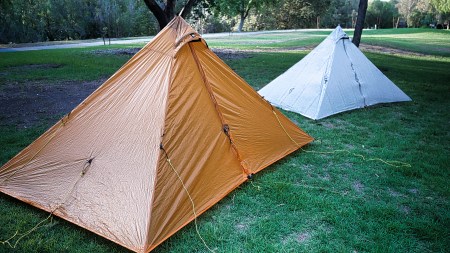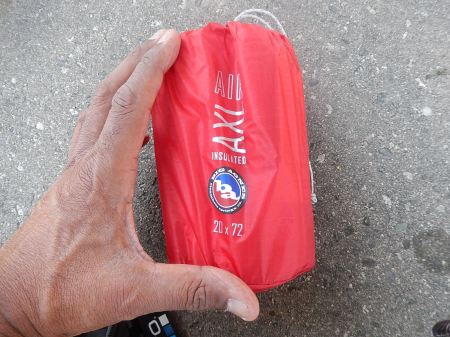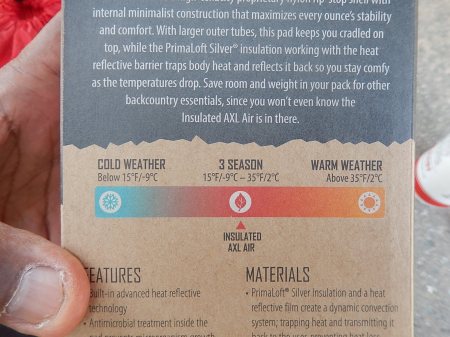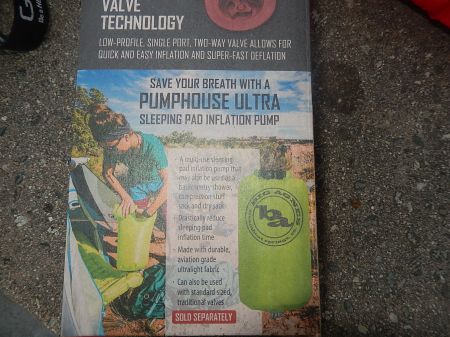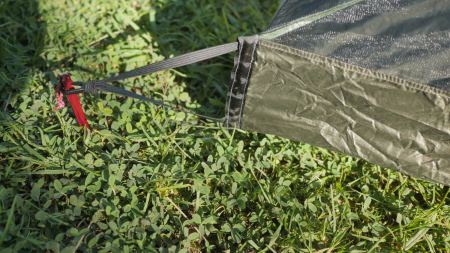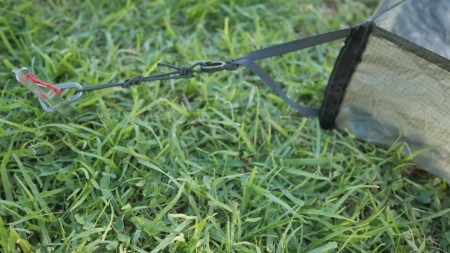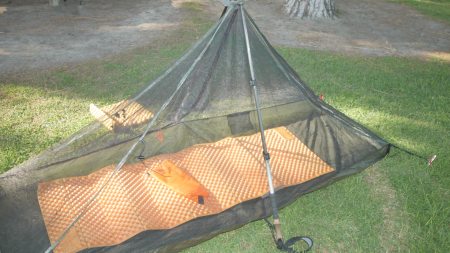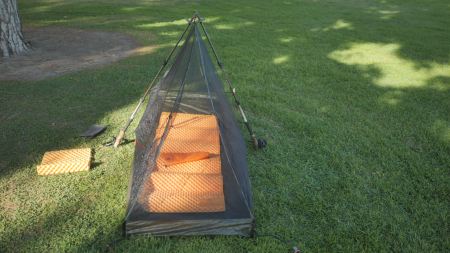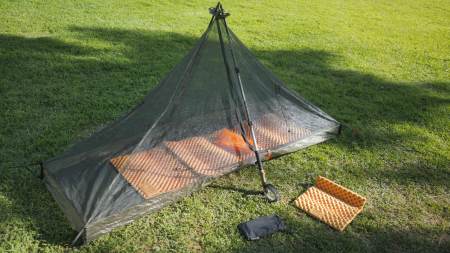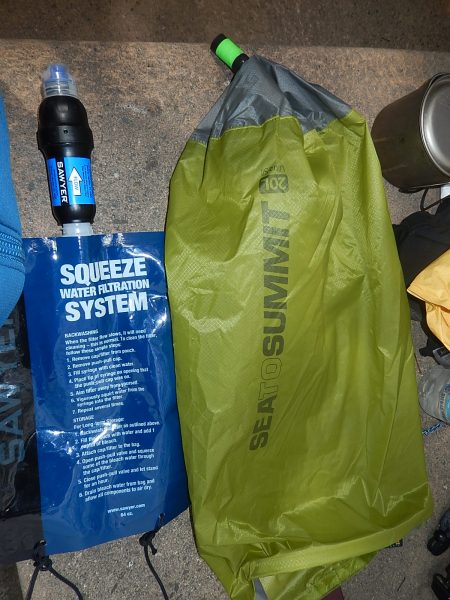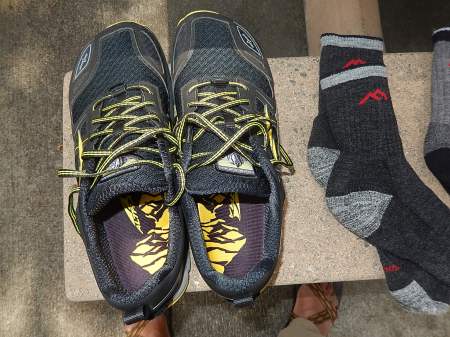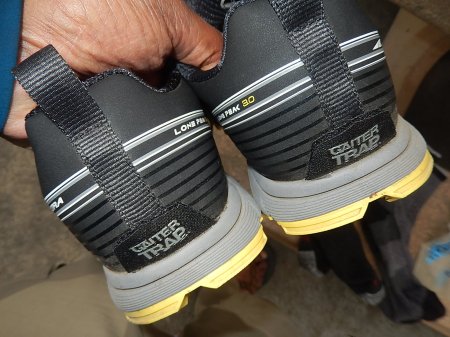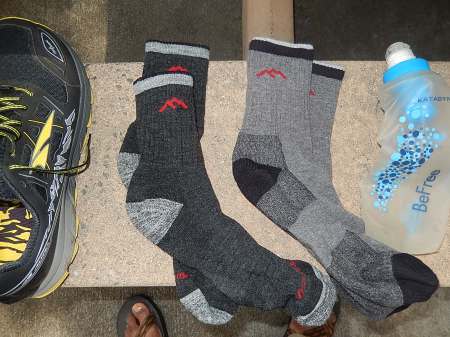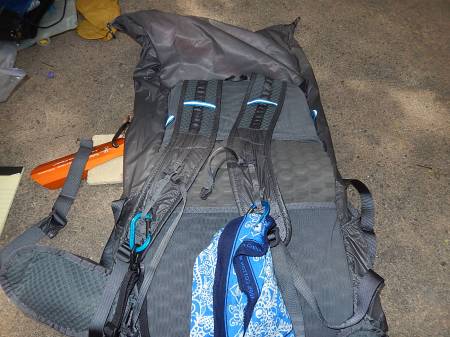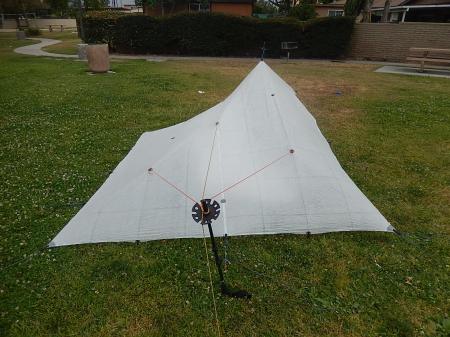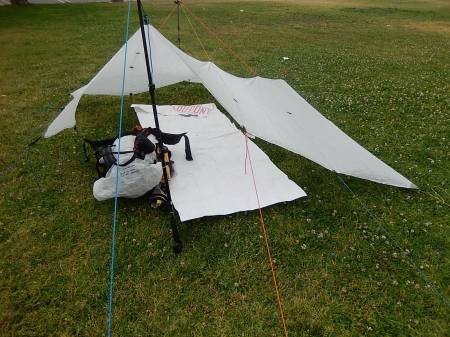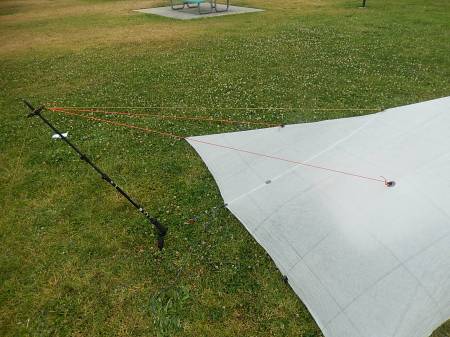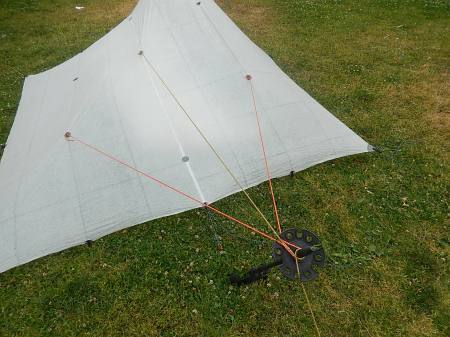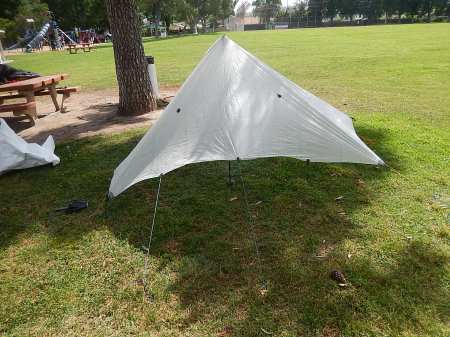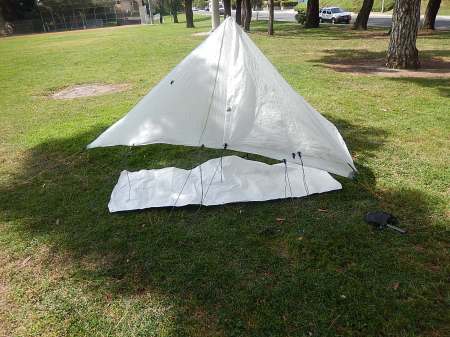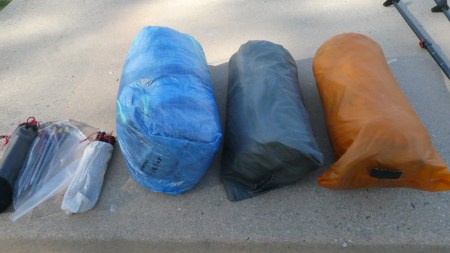
ZPacks Duomid (blue), MLD Duomid DCF (gray), MLD Duomid Silnylon (citrus)

Thermarest NeoAir X-Therm regular pad included for scale
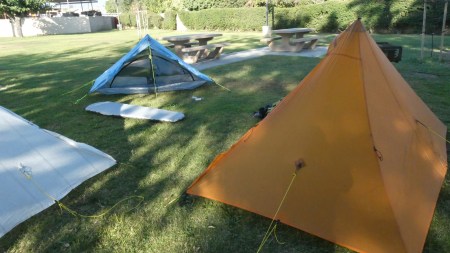


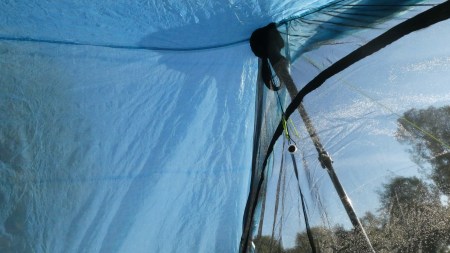
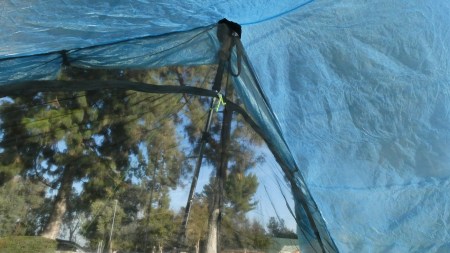


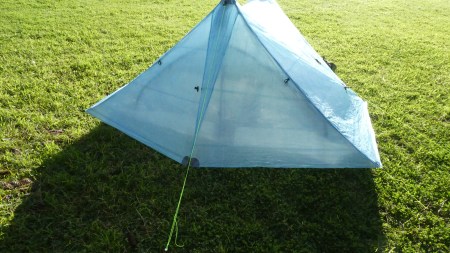
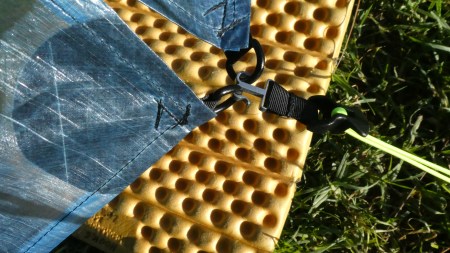
I decided to add this shelter to my selection because it’s extremely light, made of cuben fiber/DCF, provided full protection including from insects, is one-piece and not modular (ie, very simple/fast setup), and has no zippers except for the 2 interior windows. Very spacious- a palace for one, very adequate for 2 persons.
I got one of their bargain bin shelters said to have minor cosmetic defects, for $25 discount ; haven’t yet had any issues with it.
Its weight is similar to those of my Duomids, especially the one also made of DCF. It is not in my opinion a 4 season shelter like Duomids or my Black Diamond Megalite, and will not handle high winds as well as those; can’t dig beneath it into snow. But for 3 season use-especially where mosquitos or other insects are an issue, and for rain protection- this has become my default tent. No center pole….[yes, I know that the mids can sometimes be used that way]. Unlike mids, this shelter comes pre-rigged with guylines.
Very important features include the 2 spacious-ventilating- windows also allowing 2 people to use without going over each other; simple setup with 8 stakes (I’m using 6 carbon ZPacks and 2 MSR Carbon Cores); ease of packing up in wind since it doesn’t require folding. The 2 vestibules are of useful size.
I plan to rig a very light transverse cord over the interior ridgeline to allow hanging of gear, and add a ridgeline micro-LED as with the Duomids and the Megalite. Eventually I may add the $125 Flex poles, to allow this to be a freestanding tent when I wish; this 2018 model is already set up to adapt for flexpoles.
Postscript: it’s useful to realize that for air travel, the ZPacks carbon stakes will pass inspection. Not insigificant…
